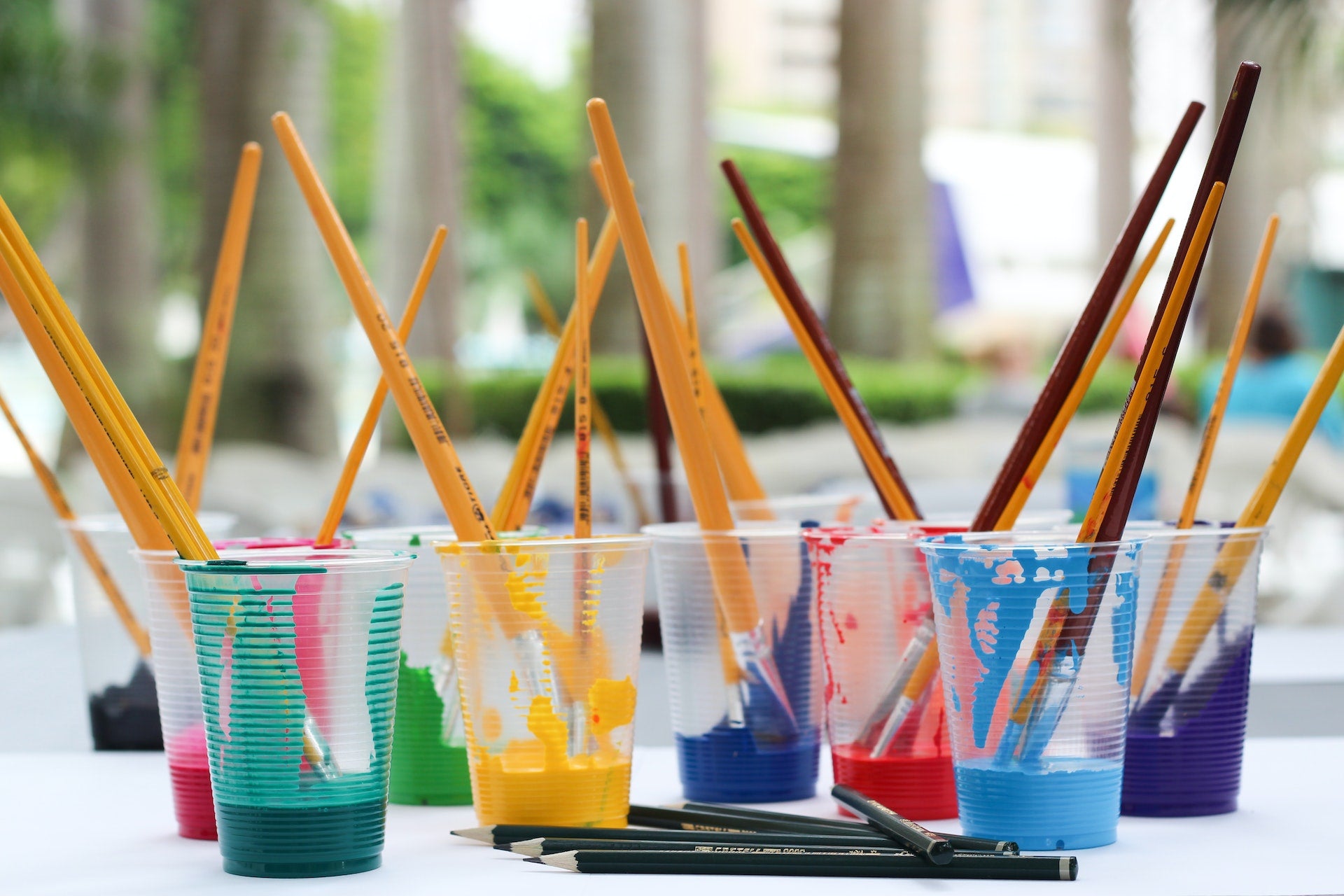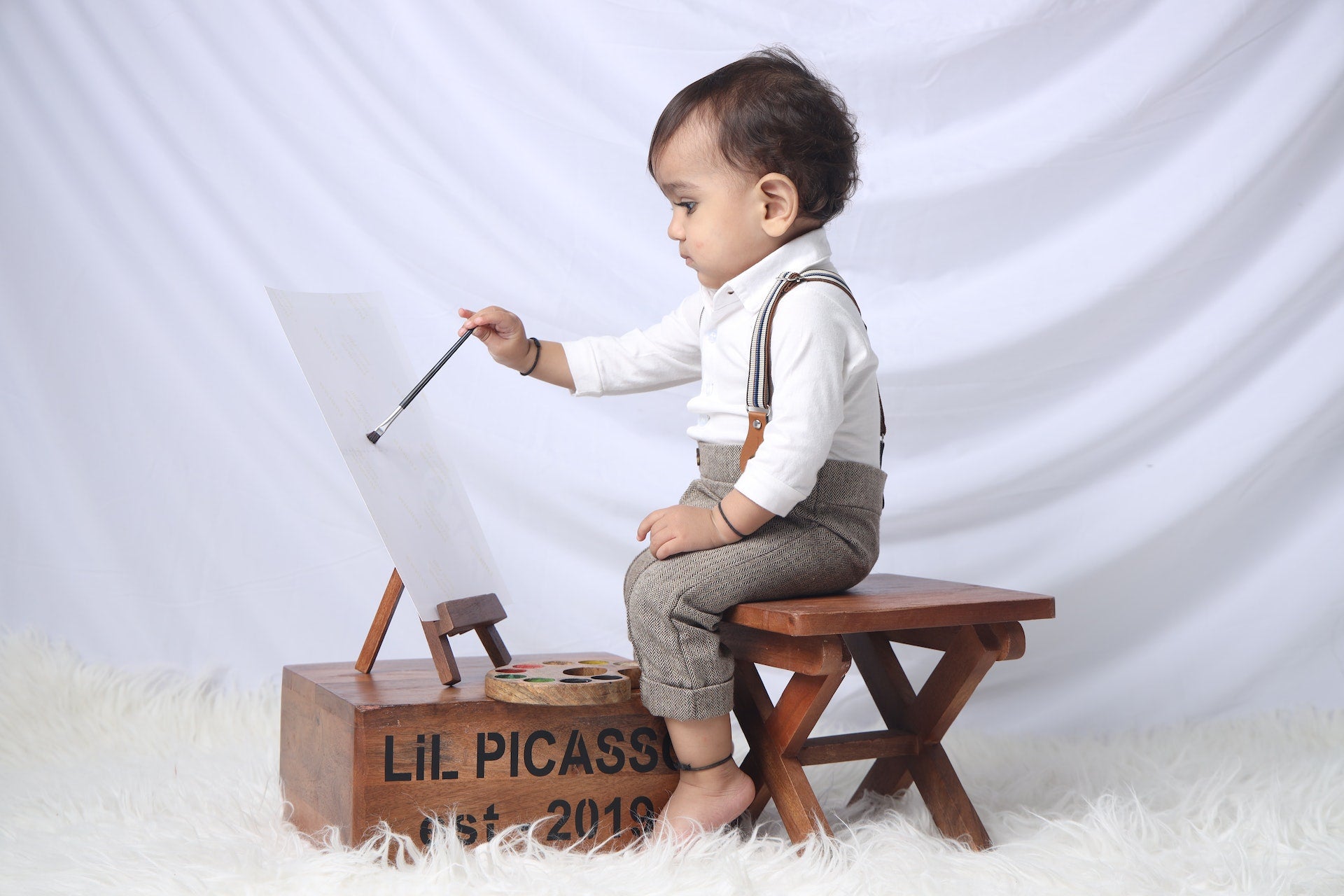Is your paint by numbers kit gathering dust from dried colours? Don't worry, we'll take care of it! In this article, we'll explore some practical ways to spice up your artistic endeavors and get the colors flowing again.
There's nothing more frustrating than discovering that the paint has dried just when you're ready to make your next masterpiece. But fear not! You won't lose your easy paint kit, but there are simple steps you can take to bring your dried colors back to life and continue your creative journey.
Don't let dry colors dampen your artistic spirit. Relive the paint by number experience and get back to creating beautiful works of art. Follow the simple tips in this article and you'll soon be diving back into the flow of colors, bringing your paintings to life again.
Why is my acrylic paint dry or hard?
Are you wondering why your acrylic paint has dried or become hard? In this chapter, we'll discover the most common causes of this frustrating problem and provide you with solutions to fix dried paint and prevent it from happening again.
A possible cause of dry acrylic paint is exposure to air or high temperatures. If paint containers are not sealed tightly after each use, the air can cause the paint to dry out, resulting in a thin, hardened surface. Be sure to seal the containers tightly to maintain the freshness of the paint.
Another factor could be excessive heat or a dry environment. Acrylic paints are sensitive to extreme temperatures and low humidity, which can cause them to dry more quickly. Store the paint in a cool, dry place away from direct sunlight and heat sources.
Insufficient mixing or improper storage can also contribute to paint drying. Before using the acrylic paint, mix it well to make sure that all the components are well blended. Also, store colors in an airtight container to minimize evaporation and maintain their consistency.
Remember that prevention is key. By properly sealing paint containers, storing them in the right conditions, and ensuring proper mixing, you can extend the life of your acrylic paints and avoid frustration. Keep creating and remember that if you need extra colors, contact us for assistance here.
How to understand that an acrylic color has gone completely bad
Let's now look at the signs that the acrylic paint is completely used up. While acrylic paints have a long shelf life, they can wear off or deteriorate over time. Here are some indicators to keep an eye out for:
Strong, Unpleasant Smell: If your old acrylic paint gives off a pungent or unpleasant smell, that's a sure sign it's gone bad. Trust your nose!
Mold or discoloration: When mold or unusual discoloration appears on the surface of your acrylic paint, it is a sign of deterioration. It's time to say goodbye to that jar.
Separation or curdling: If the acrylic paint appears clumpy or has separated into layers that can't be easily mixed, it's likely gone bad.
Remember that the use of damaged colors or dry acrylic colors can compromise the quality and result of your canvas. It's better to be safe than sorry and invest in fresh colors for best results.
Here's a light joke to round it off: why did the artist bring a ladder to the art show? Because he wanted to reach new heights in his creativity!
Please continue to explore your artistic journey and if you need any further assistance or information, please do not hesitate to contact us. Happy acrylic painting!
Keep a cup of water next to your painting
Can you reactivate acrylic paint with water? No special skills are required. Having a cup of hot water on hand while working with acrylic paints can be extremely helpful. Here because:
Thinning Acrylic Paint: If you find that your paint is too thick or needs to be thinned, dip a small toothpick into a cup of water and gradually add a drop or few of water to the paint until you reach the desired consistency. Too much water would change the consistency to a watery state that you don't want to achieve. If this doesn't help, because the paint is too hard, let a little water sit overnight.
Prevent the paint from drying out: Dipping the brush in water between strokes prevents the paint from drying completely on the bristles, allowing for a more even application.
Here's a funny joke for you: Why did the painter bring a cup of water to art class? Because he'd heard it was thirst-quenching work!
the flow aid (flow improver)
In this chapter we will look at the benefits of using flow aid in paint kits. The flow aid is a useful tool that can help achieve the desired consistency and flow of acrylic paint. Here's how it works:
Rehydrates acrylic paint: If your acrylic paint has become dry or thick, adding a few drops of flow aid can help rehydrate it, making it easier to work with.
Extend Work Time: The flow aid slows down the drying time of acrylic paint, giving you more time to work and mix colors on the canvas.
Improves flow and smoothing: By adding a small amount of acrylic flow improver to paint, you can improve its flow and achieve smoother brush strokes.
It is important to note that flow improver may improve the performance of fully dried acrylic paint, but will not make expired or spoiled paint usable. If your acrylic paint has expired or shows signs of deterioration, it is best to replace it with fresh paint from our own production. Just let us know via our contact form and we'll send you fresh new paints.
Now that we've covered the benefits of using a flow aid, let's dive into the next chapter and explore other techniques to enhance your acrylic painting experience.
How to prevent acrylic paint from drying out?
Some useful tips to prevent acrylic paint from drying too quickly. By following these simple steps, you can ensure that your paint stays workable for longer:
Paint only one number at a time: When working on a number painting project, focus on one numbered area at a time. This way you can minimize exposure of the other colors to air and prevent them from drying out prematurely.
Put a small amount of color on the palette: Squeeze out only the amount of paint needed for each section of the palette. This prevents the paint from drying before you are finished using it.
Dealing with Hard Acrylic Paint: If your paint is dry or hardened, you can try rehydrating it by adding some water or acrylic medium to your palette and mixing it well with the dry paint. This can help restore its texture.
Don't forget to return the tube and container caps.
By following these tips, you can keep your acrylic paints in a workable state for longer and enjoy a smooth painting process. Remember to thoroughly clean your brushes and palette after each session to maintain the quality of the materials. Any leftover paint or old varnish can be used after a long time if stored in a closed container and at a suitable temperature.








Leave a comment
This site is protected by hCaptcha and the hCaptcha Privacy Policy and Terms of Service apply.